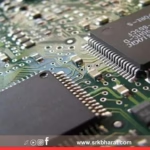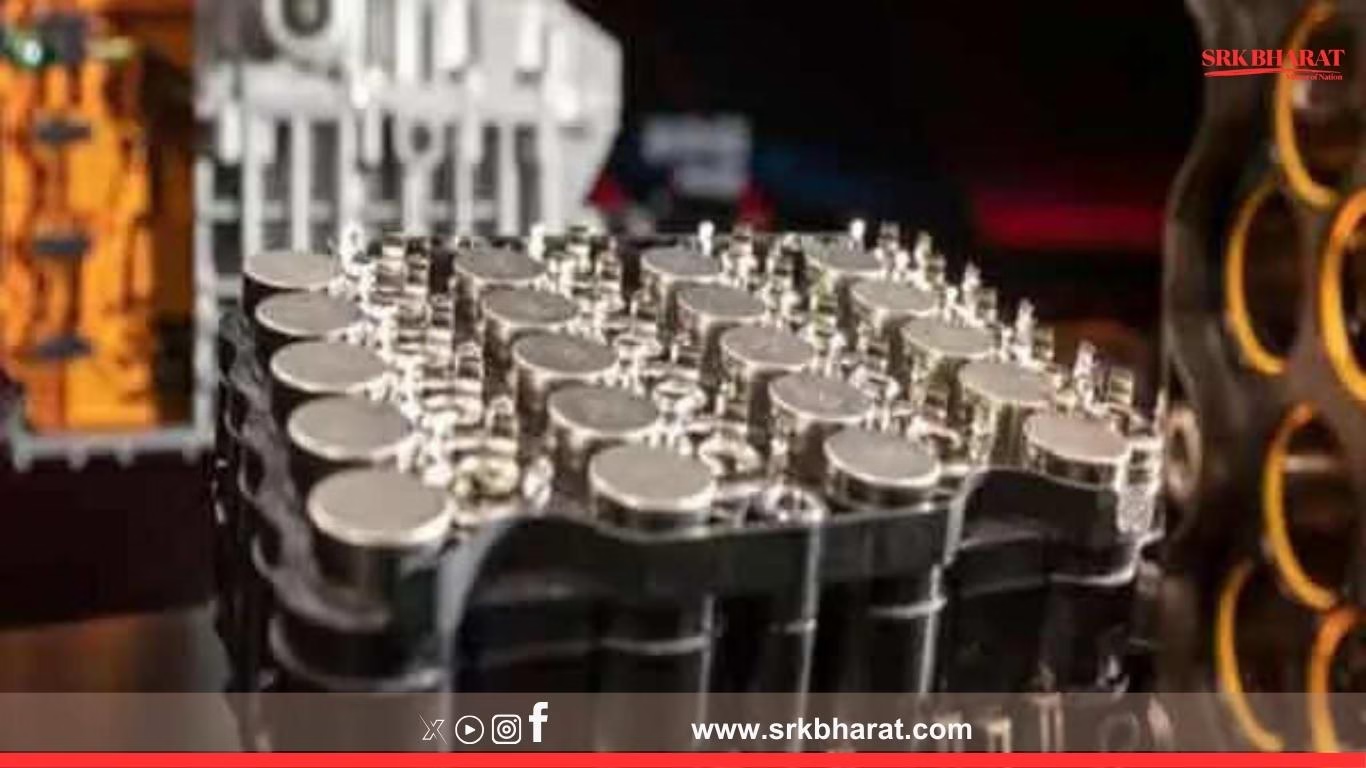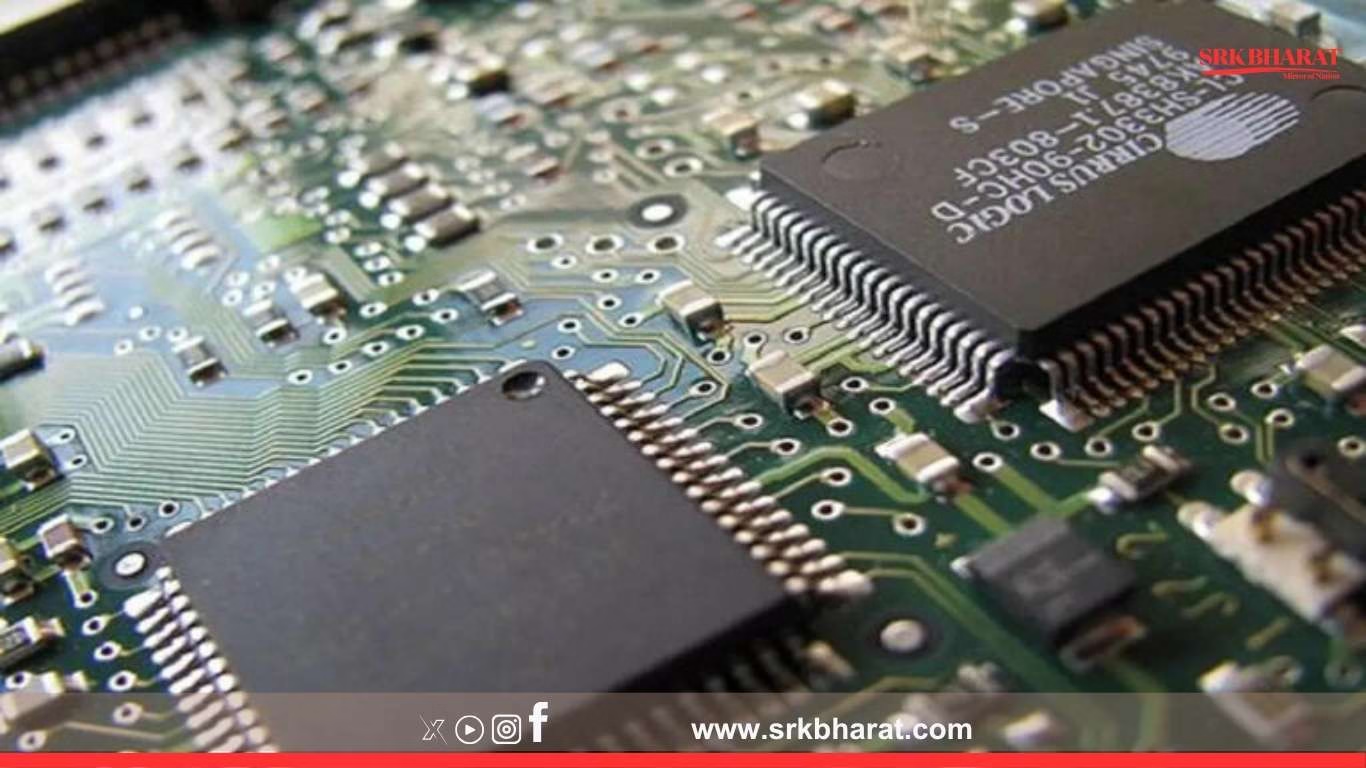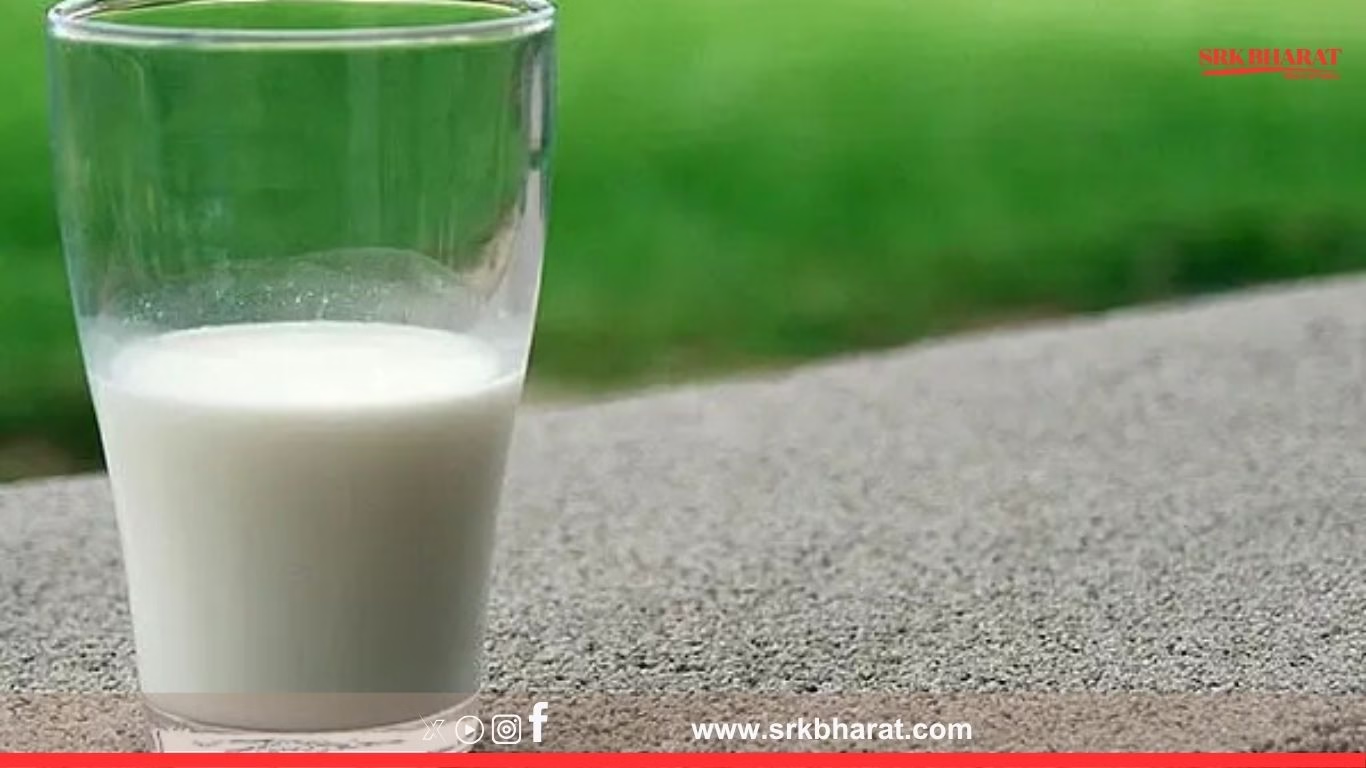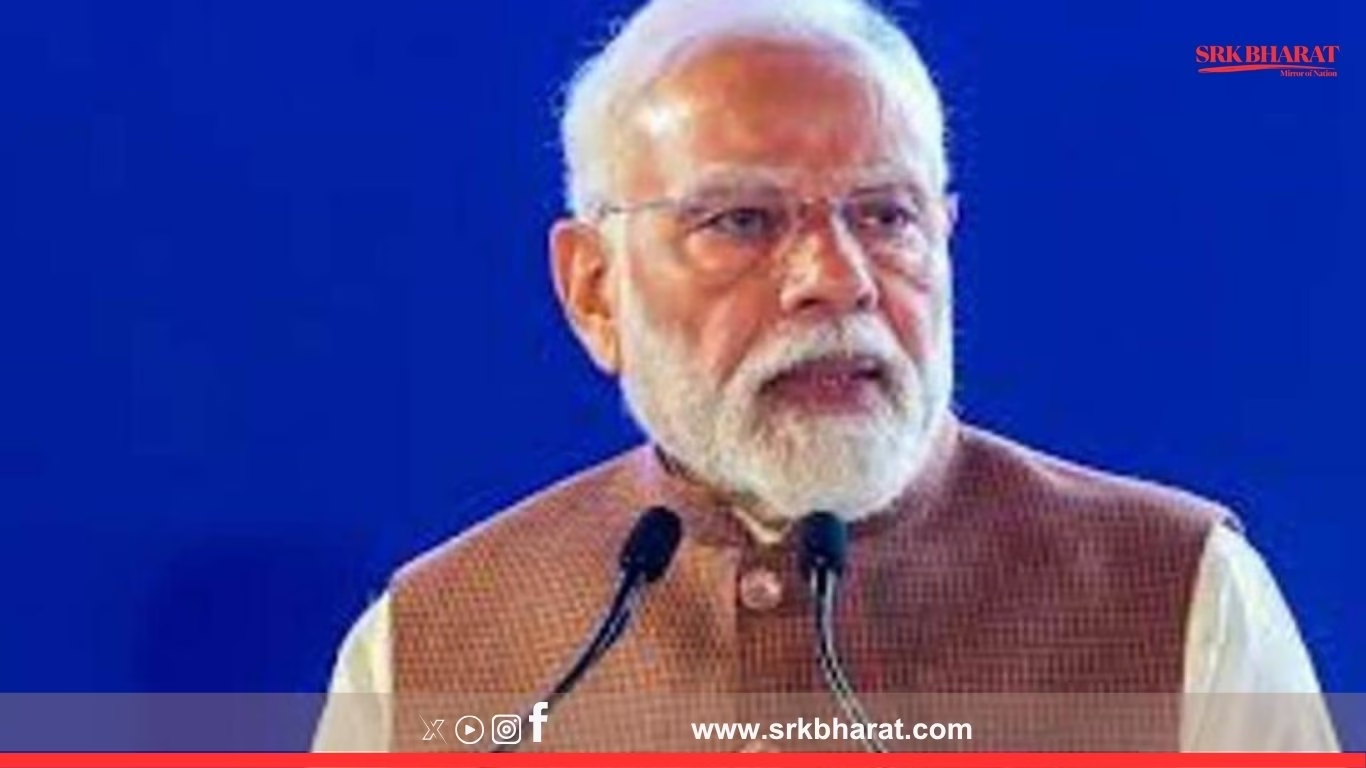In a significant insight into India’s clean energy transition, leading industry experts and battery technologists have highlighted the urgent need for diversifying beyond lithium-based battery technologies to ensure long-term energy security, supply chain resilience, and cost-effective storage solutions.
Why India must look beyond lithium
Lithium-ion batteries currently dominate India’s battery ecosystem, powering electric vehicles (EVs), grid-scale storage, telecom towers, and consumer electronics. However, experts caution that overdependence on lithium presents major risks:
- Resource security:
India imports nearly 100% of its lithium requirements, mostly from China, Australia, and South American countries, exposing it to geopolitical disruptions. - Price volatility:
Global lithium carbonate and hydroxide prices have surged multiple times in the past three years, impacting battery pack costs and EV affordability. - Supply chain concentration:
China controls over 70% of global lithium refining and battery cell manufacturing, which poses strategic challenges. - Environmental impacts:
Lithium mining and refining involve significant water usage and environmental degradation in regions like South America’s ‘Lithium Triangle’.
Alternative battery technologies under focus
At the recent Clean Energy Storage Summit, technologists and industry leaders discussed emerging technologies that India must prioritise:
| Battery Technology | Key Advantages | Current Global Status |
|---|---|---|
| Sodium-ion | Abundant raw materials (salt-based), low cost, safer thermal profile | CATL (China) and Faradion (UK) have pilot-scale production; Indian firms exploring local manufacturing |
| Solid-state batteries | Higher energy density, faster charging, enhanced safety with solid electrolytes | Toyota, QuantumScape, and Samsung working on prototypes; commercial rollout expected post-2026 |
| Flow batteries (Vanadium, Zinc-Bromine) | Long cycle life, scalable for grid storage, minimal degradation | Deployed in China, Australia; Indian PSUs evaluating demonstration projects |
| Aluminium-air batteries | Extremely low cost, recyclable, suitable for stationary and backup power | Indian Oil Corporation tied up with Phinergy (Israel) for pilot deployment |
| Hydrogen fuel cells | Suitable for heavy mobility, long range, zero emissions | Pilot buses and trucks under development by Tata Motors and Ashok Leyland |
Quotes from industry leaders
Dr. Rahul Walawalkar, President, India Energy Storage Alliance (IESA):
“Lithium-ion will remain dominant for a decade, but sodium-ion and solid-state batteries are critical for localising manufacturing and mitigating geopolitical risks.”
Sohinder Gill, Director General, Society of Manufacturers of Electric Vehicles (SMEV):
“EV penetration is tied to battery affordability. Sodium-ion and aluminium-air can be game changers if India establishes supply chains early.”
Government push for battery diversification
India has launched the Production Linked Incentive (PLI) scheme for Advanced Chemistry Cell (ACC) batteries with an outlay of ₹18,100 crore to encourage domestic manufacturing. However, the scheme is technology agnostic, meaning it can support:
- Lithium iron phosphate (LFP)
- Nickel manganese cobalt (NMC)
- Sodium-ion
- Solid-state chemistries
The Ministry of Heavy Industries is also evaluating pilot programs with Indian Oil Corporation, NTPC, and BHEL to test non-lithium battery deployments in mobility and grid storage applications.
Sector-specific use cases for alternate batteries
| Sector | Preferred Battery Technology | Key Rationale |
|---|---|---|
| Two-wheelers & three-wheelers | Sodium-ion, LFP | Cost efficiency, safety, moderate energy density sufficient |
| Heavy commercial vehicles & buses | Hydrogen fuel cells, solid-state | High range, fast refuelling (fuel cells), or high density (solid-state) |
| Grid storage | Flow batteries, sodium-ion | Long life, high safety, scalable MWh-GWh deployments |
| Telecom & backup power | Aluminium-air, sodium-ion | Low cost, high cycle life, reduced maintenance |
Challenges to adoption
Despite their promise, alternative battery technologies face hurdles:
- Technology readiness:
Most are at pilot or early commercialisation stages, requiring 2-5 years for mature scalability. - Ecosystem investment:
Manufacturing, raw material processing, and recycling infrastructure need large upfront investments. - Policy clarity:
Industry stakeholders seek clear standardisation and certification pathways for non-lithium chemistries. - Market acceptance:
End users and OEMs need confidence in safety, warranty, and supply assurance of new battery types.
Future outlook: Experts’ roadmap
Industry leaders recommend:
- Early investments in sodium-ion cell manufacturing, leveraging India’s salt and aluminium resources.
- Joint research programmes with global innovators like CATL, Faradion, and Toyota for technology transfer.
- National battery testing centres to validate alternate chemistries for Indian climatic and operational conditions.
- Policy incentives specifically targeting non-lithium battery manufacturing to build diversified supply chains.
Strategic significance for India
With global EV sales projected to reach 35% of total vehicle sales by 2030 and grid-scale battery demand multiplying, India’s battery dependency is a strategic vulnerability. By fostering sodium-ion, solid-state, and flow battery ecosystems, the country can achieve:
- Import substitution and forex savings
- Resilient clean energy supply chains
- Affordability in EV and storage segments
- Global competitiveness as a battery exporter
Disclaimer
This news article is for informational purposes only. Readers are advised to consult professional battery technologists and policy experts before taking any business or investment decisions based on the information presented.


